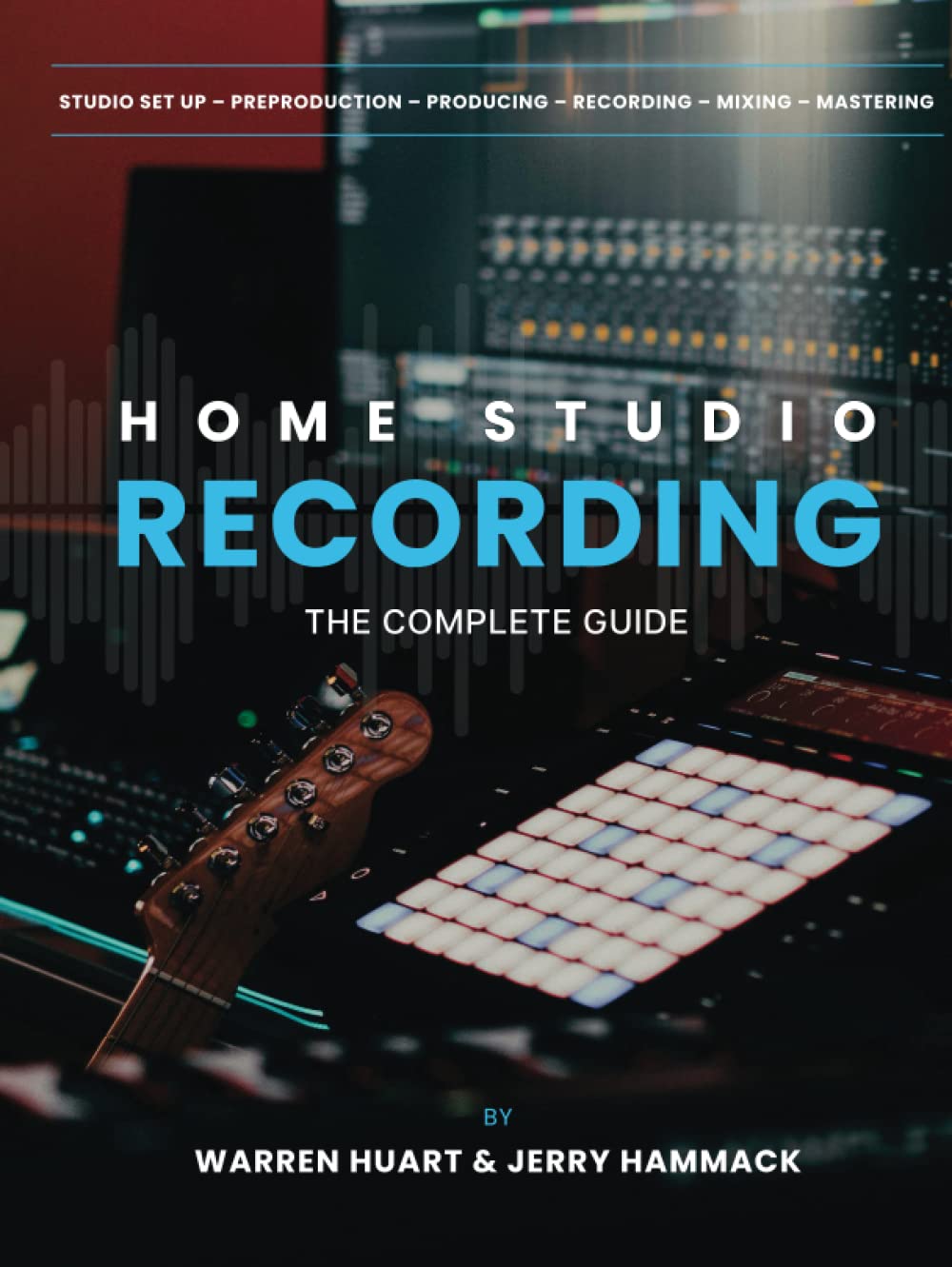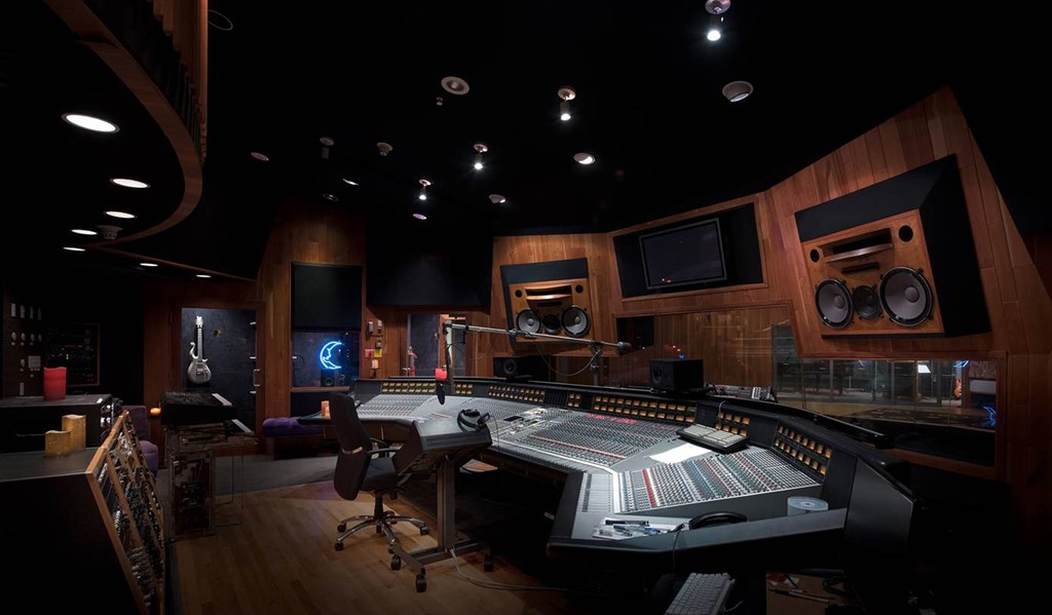In the late 1990s, two trends began to radically change popular music. The first, and best known, was the rise of Napster, and Internet file trading of MP3s radically shrank the music industry’s revenue stream, which was largely funded by the very profitable royalties of compact discs. The second was the rapidly increasing ability to record music on a computer. Technology that the Beatles and George Martin would have killed for when they were recording Sgt. Pepper in 1966 and ’67 was finally available in affordable, and in some cases, free software for the PC or Mac.
Warren Huart is a British expat recording engineer who since the early 1990s has worked with such artists as Aerosmith, Korn, James Blunt, and Better Than Ezra and on movie soundtracks such as Inglourious Basterds, and Transformers: Revenge of the Fallen. In 2014, he launched his Produce Like a Pro YouTube channel, which has over 680,000 subscribers. He records artists in his Spitfire Studio in L.A.’s Laurel Canyon.
Jerry Hammack is a Canadian producer and mixer, and the author of a recent five-part book series titled The Beatles Recording Reference Manuals. Earlier this year, Huart and Hammack published Home Studio Recording: The Complete Guide, with an introduction by Aerosmith and John Lennon producer Jack Douglas.

Making sense of today’s recording technology
Beginning with the first affordable cassette four-track recorders in the early 1980s, home music recording in the 1980s through the mid-1990s essentially meant recording demos as sketches for songs that would then be completed in a traditional professional recording studio. A four-track demo might have consisted of a drum machine, an acoustic or electric guitar, a bass guitar or bass synth, and on the fourth track, a lead vocal and guitar solo.
Just as the Beatles did in the 1960s, another track or two for keyboards and percussion might have been freed up by bouncing some of the original tracks together, at the cost of a loss of generation and additional hiss. Cassette tapes had plenty of hiss, and with the exception of Bruce Springsteen’s Nebraska, few cassette demos sounded professional enough to be released commercially. (And Nebraska’s tracks were heavily cleaned up in a pro studio before being released.)
However, today’s digital audio workstation (DAW) technology has evolved far beyond home recording’s earliest days, and many professionally released songs are recorded partially, or entirely in home studios. DAWs have become incredibly sophisticated and can do just about all recording tasks. This helps explain why Huart and Hammack’s Home Studio Recording is a chunky 440 pages. Huart and Hammack systematically begin by explaining the differences between home, commercial, and laptop studios, how acoustics work, and how to transform an untreated bedroom into a space where professional-level sounds can be captured when recording vocals, acoustic and electric guitar, and hand percussion.
Next, the technology of recording is explored: computer software and hardware and audio interfaces to record audio and get it into the computer. Then, microphone types and outboard equipment such as microphone pre-amps, compressors, equalizers, and signal processors like the Eventide Harmonizer are explained, along with how to integrate them into recording with a computer-based DAW.
Learning studio etiquette and recording techniques
These topics have been covered to varying degrees of detail in numerous earlier recording-themed how-to books. Where Huart and Hammack’s Home Studio Recording really shines is that after they lay out the technical aspects of recording, the authors discuss the importance of pre-production, creating demos, selecting a song’s key and tempo, studio etiquette when producing other musicians, working in external studios, working with session musicians live recording, and numerous additional topics. And since this is the 21st century, working remotely with bands, session musicians, producers, and studios is also explored.
Basic nuts and bolts of recording are also explained, such as how to keep track notes and their importance for matching sounds when returning to a track days or weeks later, track file naming, session maintenance, and proper data backup. (I wish I had read this chapter 16 years ago when, due to bad data storage habits, I managed to lose the multitrack files to numerous recordings I made from 2000 to 2006. Fortunately, since it’s now 2023, it’s possible to rebuild songs if this happens.)
Specific instruments get their own chapter on recording, including one of the most difficult instruments to capture properly — the drum kit, whose instruments run the gamut of the entire audio frequency range from the deep low frequencies of the kick drum to the bright shimmer of the cymbals. Drums also typically require multiple microphones, which must all be kept in phase. Miking hand percussion, acoustic and electric guitars to wind and brass instruments, basic and exotic percussion, all the way to miking an entire orchestra are topics that are also covered.
Finally, Huart and Hammack discuss how to mix a completed multitrack recording down to two tracks and explore whether you should perform the mastering of your own recording before releasing it to the public.
Whether your goal is getting started recording, improving your own home studio techniques, recording a band (your own or otherwise), or seeking a job as a producer or engineer in the recording industry, Huart and Hammack have laid out all of these aspects in detailed but quite readable prose.
Faults? I did find a typo or two, but the biggest fault that I can think of is that the book doesn’t appear to be currently available in any ebook format (Kindle, Nook, or PDF). Besides the ability to effortlessly highlight and bookmark important sections and return to them when at the recording desk and doing the work, this is the sort of book that would benefit from being on the hard drive of a studio PC for a quick reference to say, its chapter on EQing frequencies. Also, the book’s bibliography consists of ten pages absolutely chockablock full of hyperlinks, which also cries out for an eBook addition of some type to make the links work.
But lack of eBook access shouldn’t stop a reader from exploring Warren Huart and Jerry Hammack’s Home Studio Recording: The Complete Guide. It’s one-stop shopping to begin to acquire the skills necessary to produce your own music.










Join the conversation as a VIP Member